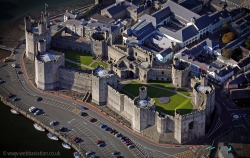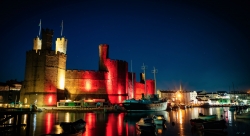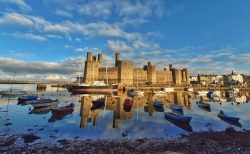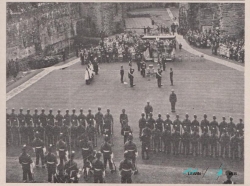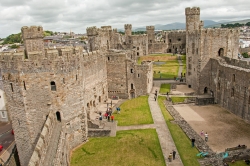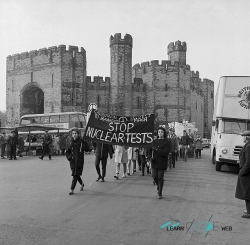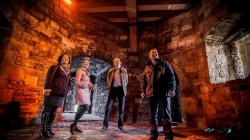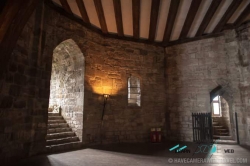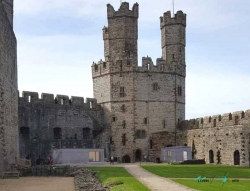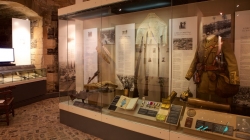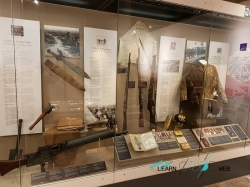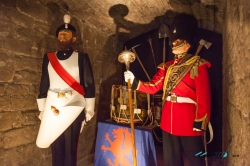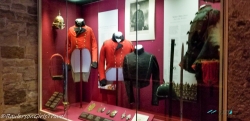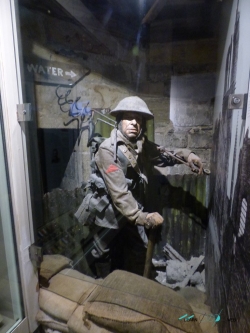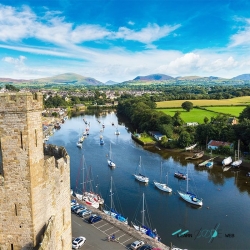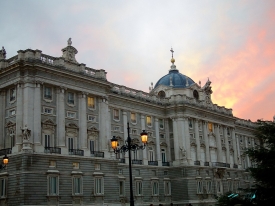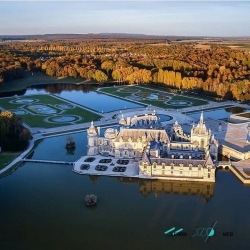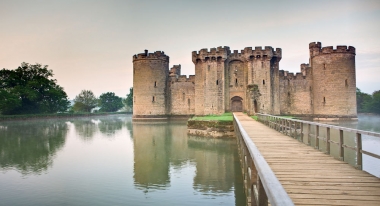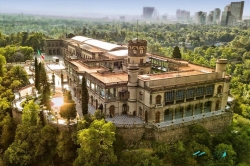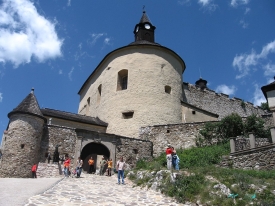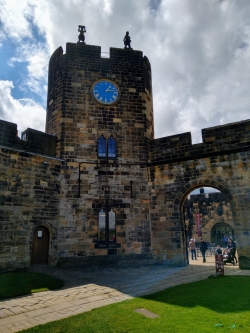ABOUT Caernarfon Castle
Caernarfon Castle is a medieval fortress in Caernarfon, Gwynedd, north-west Wales cared for by Cadw, the Welsh Government's historic environment service. It was a motte-and-bailey castle from the late 11th century until 1283 when King Edward I of England began to replace it with the current stone structure. The Edwardian town and castle acted as the administrative centre of north Wales, and as a result the defences were built on a grand scale. There was a deliberate link with Caernarfon's Roman past, and the Roman fort of Segontium is nearby.
While the castle was under construction, town walls were built around Caernarfon. The work cost between £20,000 and £25,000 from the start until the work ended in 1330. Although the castle appears mostly complete from the outside, the interior buildings no longer survive and many of the building plans were never finished. The town and castle were sacked in 1294 when Madog ap Llywelyn led a rebellion against the English. Caernarfon was recaptured the following year. During the Glyndŵr Rising of 1400–1415, the castle was besieged. When the Tudor dynasty ascended to the English throne in 1485, tensions between the Welsh and English began to diminish and castles were considered less important. As a result, Caernarfon Castle was allowed to fall into a state of disrepair. Despite its dilapidated condition, during the English Civil War Caernarfon Castle was held by Royalists, and was besieged three times by Parliamentarian forces. This was the last time the castle was used in war. The castle was neglected until the 19th century when the state funded repairs. The castle was used for the investiture of the Prince of Wales in 1911 and again in 1969. It is part of the World Heritage Site "Castles and Town Walls of King Edward in Gwynedd".
The first fortifications at Caernarfon were built by the Romans. Their fort, which they named Segontium, is on the outskirts of the modern town. The fort sat near the bank of the River Seiont; the fort was probably built here due to the sheltered position and because it could be resupplied via the river Seiont. Caernarfon derives its name from the Roman fortifications. In Welsh, the place was called y gaer (lenition of caer) yn Arfon, meaning "the stronghold in the land over against Môn"; Môn is the Welsh name for Anglesey. Little is known about the fate of Segontium and its associated civilian settlement after the Romans departed from Britain in the early 5th century.
While the castle was under construction, town walls were built around Caernarfon. The work cost between £20,000 and £25,000 from the start until the work ended in 1330. Although the castle appears mostly complete from the outside, the interior buildings no longer survive and many of the building plans were never finished. The town and castle were sacked in 1294 when Madog ap Llywelyn led a rebellion against the English. Caernarfon was recaptured the following year. During the Glyndŵr Rising of 1400–1415, the castle was besieged. When the Tudor dynasty ascended to the English throne in 1485, tensions between the Welsh and English began to diminish and castles were considered less important. As a result, Caernarfon Castle was allowed to fall into a state of disrepair. Despite its dilapidated condition, during the English Civil War Caernarfon Castle was held by Royalists, and was besieged three times by Parliamentarian forces. This was the last time the castle was used in war. The castle was neglected until the 19th century when the state funded repairs. The castle was used for the investiture of the Prince of Wales in 1911 and again in 1969. It is part of the World Heritage Site "Castles and Town Walls of King Edward in Gwynedd".
The first fortifications at Caernarfon were built by the Romans. Their fort, which they named Segontium, is on the outskirts of the modern town. The fort sat near the bank of the River Seiont; the fort was probably built here due to the sheltered position and because it could be resupplied via the river Seiont. Caernarfon derives its name from the Roman fortifications. In Welsh, the place was called y gaer (lenition of caer) yn Arfon, meaning "the stronghold in the land over against Môn"; Môn is the Welsh name for Anglesey. Little is known about the fate of Segontium and its associated civilian settlement after the Romans departed from Britain in the early 5th century.



